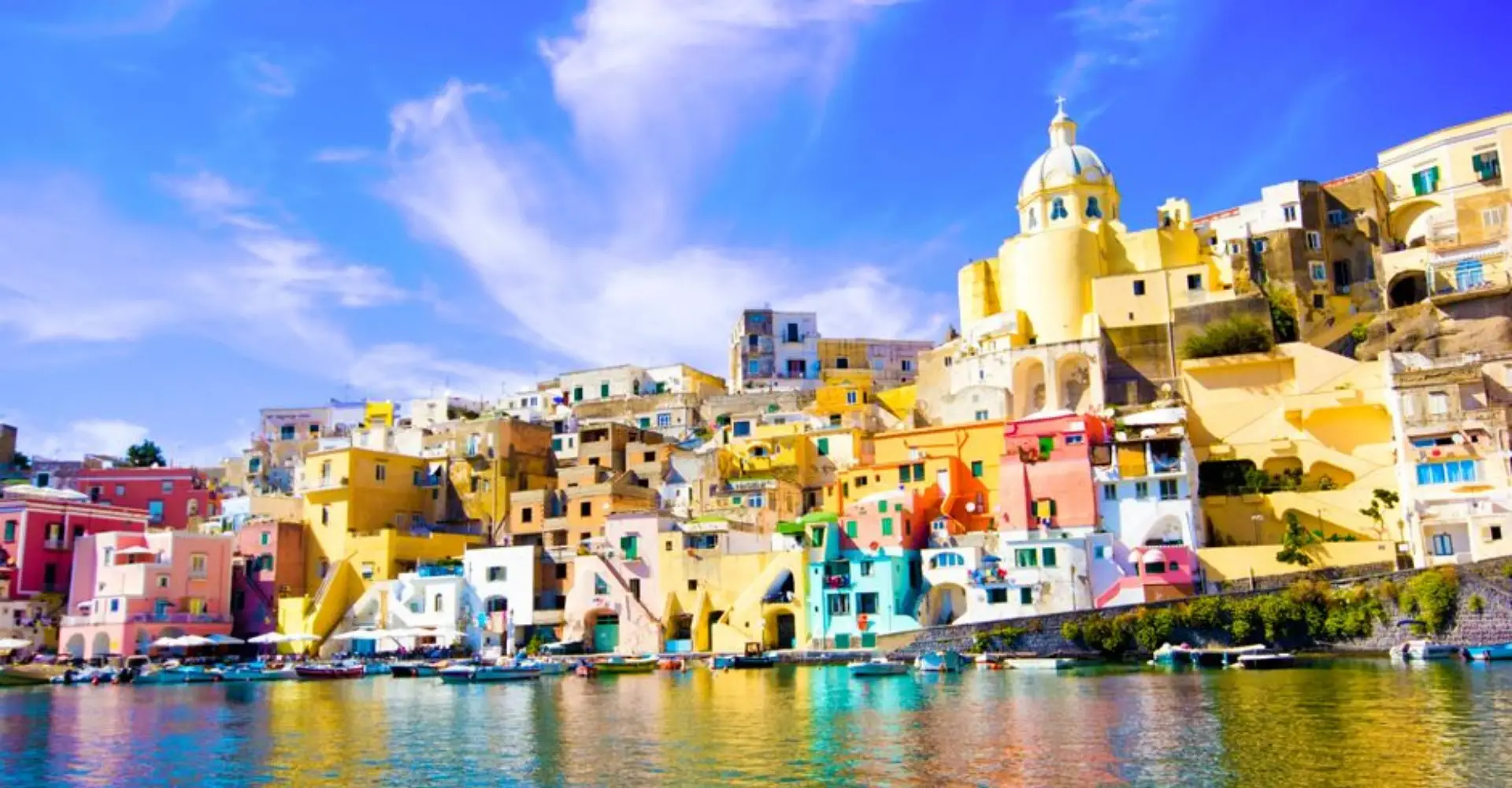
Boutique Hotels in Sicily
Five top sights - Palermo
At the crossroads of several important Mediterranean trade routes and subject in its long history to Phoenicians, Romans, Byzantine Greeks, Arabs, Normans and Spaniards, Sicily’s regional capital (1) is a fascinating historical palimpsest – and, with its palm trees, prickly pears and banyan trees, a botanical melting pot.
Don’t miss the glorious 12th-century mosaics in the church of La Martorana or Roger II’s private chapel, the Capella Palatina; and set aside half a day for the trip up to lofty Monreale, whose cathedral boasts yet more dazzling Norman-era mosaics.
Back in town, it’s also worth visiting the new Palazzo Riso contemporary art gallery (palazzoriso.it) before exploring the Kalsa area, part of the centro storico just back from the port, full of weathered Baroque churches and palazzos that are gradually being restored, and peppered with stylish bars and restaurants.
Syracuse
One of the great cities of the Western Greek diaspora (it was home to mathematician and engineer Archimedes), Syracuse (2) (Siracusa) is today undergoing something of a Renaissance.
Visitors and second-home buyers are discovering the charms of Ortygia, the old town, surrounded by the sea on all sides and connected to the city’s “modern” westward extension by three short bridges.
Essential sights include the Parco Archeologico, with its fifth-century BC theatre where Ancient Greek plays are still performed in summer (information and booking at indafondazione.org), or the Duomo, a cathedral made by filling in the gaps between the columns of the Greek temple of Minerva – eloquent testimony to this beguiling town’s depth of history.
Greek temples (Agrigento, Selinunte, Segesta)
The three great Greek temple complexes (3) of western and southern Sicily are the equal of anything you’ll see in Greece itself. Agrigento is the most famous, where the archaeological site know as the Valle dei Templi (“Valley of Temples”; parcovalledeitempli.it) spreads over a vast area and includes two almost complete temples and the partly-reconstructed ruins of three others.
Selinunte, on the south coast between Mazara del Vallo and Sciacca, may not have such well-preserved ruins, but its position on a coastal promontory carpeted with wild flowers and the celery that gives the site its name is hugely atmospheric. If you seek out Cave di Cusa, seven miles to the north-east, chances are you'll have it all to yourself. Suddenly abandoned in 409BC, this was where the stone used in Selinunte's temples was quarried, and it's a fascinating place, with great fluted column sections, carved in situ, still anchored in the mother rock.
So is that of Segesta, the closest of the three sites to Palermo: though it was never finished, the elegance and fine state of preservation of the fifth-century-BC Doric temple that perches romantically on the crest of a hill makes it perhaps Sicily’s most impressive and affecting Greek ruin.
Taormina & Etna
Discovered by European travellers and winter-sun seekers as long ago as the 18th century, Taormina (4) combines a breathtaking position – on a distant spur of Etna, dominating the island’s eastern coast – with a balmy climate that allows jasmine and bougainvillea to flower even in December.
Its fame, and the picture-postcard views of Etna from the town’s Greek Theatre (actually a predominantly Roman construction from the first century AD), make it easily Sicily’s most touristy town.
In high season (Easter through to the end of October) there are days when the place bursts at the seams. But it’s still an undeniably pretty place to while away a few days, and its proximity to Etna means it’s easy to combine with eastern Sicily’s other great visitor attraction – the ascent of the volcano.
As it’s still active, with footpaths often rugged and poorly waymarked, excursions should be done with a qualified guide, though you can get close to the summit via the cable car (funivia) that runs from Rifugio Sapienza on the south side (information at funiviaetna.com).
Piazza Armerina
The Roman mosaics unearthed in the 19th century at Casale (villaromanadelcasale.org), three miles south of Piazza Armerina (5), are among the richest and most complex in situ collection anywhere in the world.
A huge complex that was in use from the fourth century BC right through to the 12th century AD, the villa most probably belonged to the owner of a large estate, and would have been used to entertain guests and as a base for hunting parties.
The site is well worth a detour. The artists (possibly from Africa) who designed these floors had a real flair for colour and composition, and the friezes depicting marine animals, hunting scenes, the circus and the famous bikini-clad female gymnasts are all utterly delightful.
